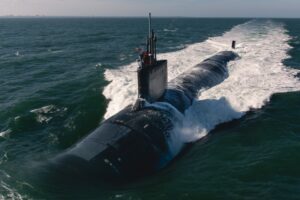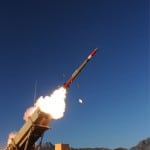
The Department of Defense this month submitted proposals to allow it to transfer nuclear-powered attack submarines to Australia as part of the AUKUS agreement, accept Australian funding to improve the industrial base, and allow Australian personnel to work on submarine production and maintenance. It submitted three legislative proposals to Congress on May 2, with public release occurring on May 16. These are requests to be included in Congress’ fiscal year 2024 defense funding bill. In March, the U.S., U.K, and…

 By
By 











